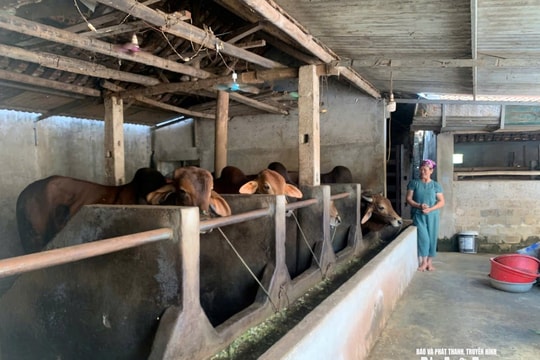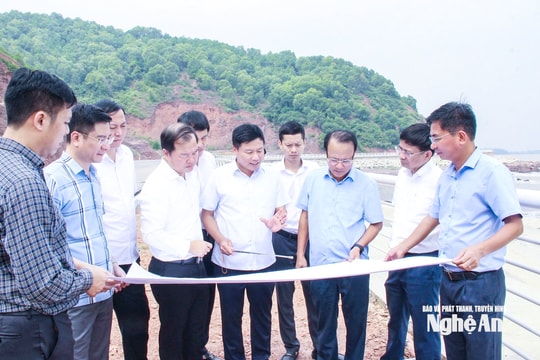Proposing the province to have appropriate policies and strategies to promote development.
(Baonghean.vn) - In recent times, the Party and the State at all levels have issued many policies and guidelines to promote development as well as resolve difficulties. However, in reality, there are still many shortcomings, difficulties, and problems, requiring continued attention from all levels. The following are some suggestions from the grassroots to the Provincial People's Council.
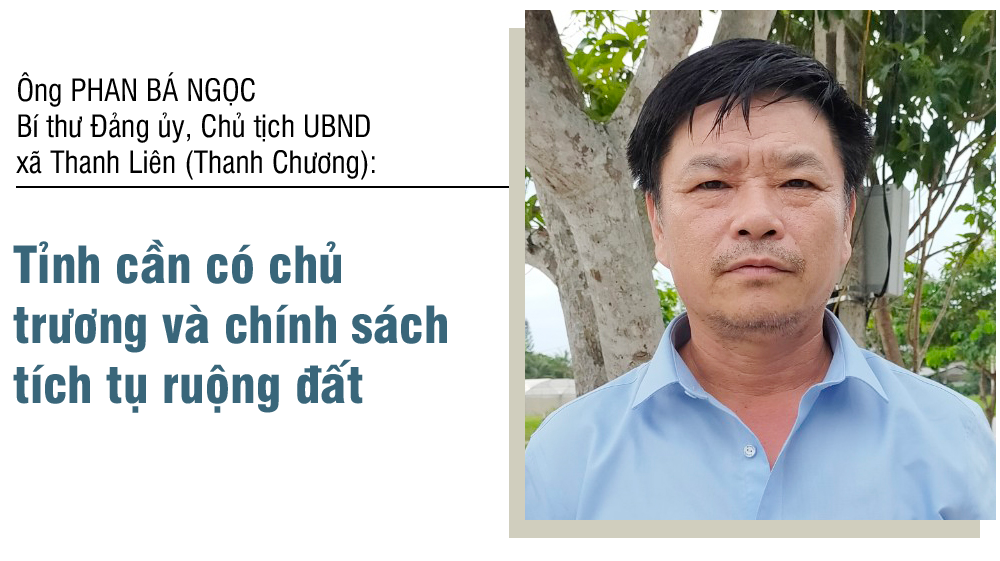 |
The policy of encouraging land accumulation has been set by the Party at all levels for a long time and in practice in Thanh Lien commune, through two land conversions, the fields have been planned and renovated one step with larger plots, from 200 - 250m2.2/plot up to more than 500m2/plot.
However, compared with the requirementsagricultural productionTo create large specialized commodity production areas and facilitate the introduction of science and technology, the field factor is still not large enough to do so. On the other hand, currently, in practice, there is a division of labor. Some agricultural workers are shifting to service, trade, and industrial labor, and along with that, small-scale, fragmented production also makes some farmers not interested in the fields, leading to the situation of abandoned fields tending to increase.
To solve the above problem, it is recommended that the province continue to have a policy of land consolidation, plot exchange, and land accumulation to create larger plots, with 1,000 to 3,500 m2/plot/agricultural household. In addition to the policy of land consolidation, plot exchange, and land accumulation to ensure that each farming household has a larger plot, the province needs to research and have mechanisms and policies to encourage organizations and individuals to boldly accumulate land through renting or borrowing land from households with land assigned under Decree 64 but without production needs to invest in large-scale production according to the value chain.
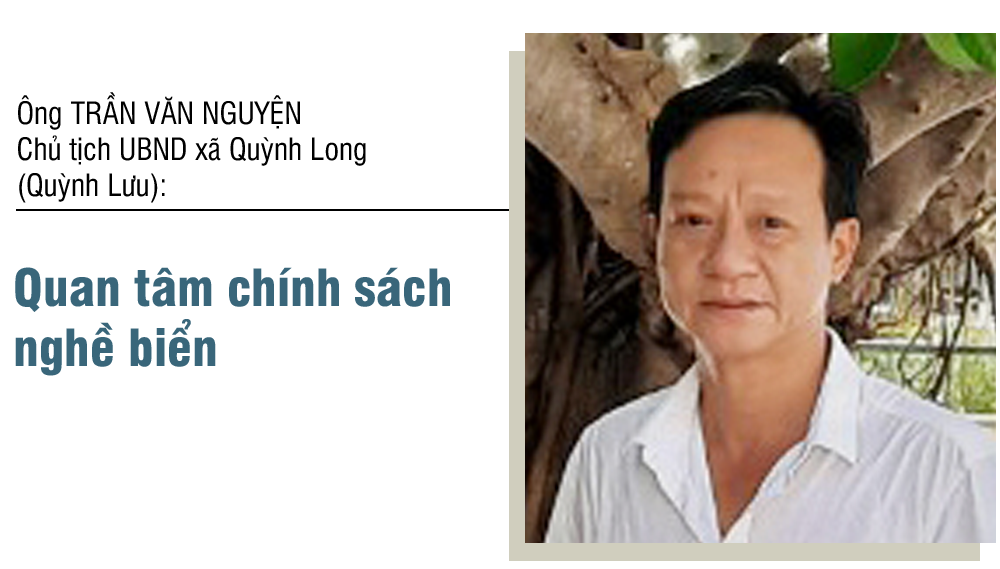 |
Quynh Long is a coastal commune and fishing is the local economic focus with more than 125 vessels, including 60 offshore fishing vessels and 65 nearshore fishing vessels.
Although the fishing industry in Quynh Long is attracting nearly 40% of the labor force, mainly young people, and the economic proportion from the sea industry accounts for more than 50%; however, the efficiency and profit after exploitation are not high and stable. The reason is partly due to the fishing grounds; partly due to the problem of input prices for a sea trip being quite high and the output is unstable in terms of price and market, while the depreciation of sea assets is large. Besides economic efficiency, the sea industry has great risks in production, including the impact of natural disasters.
Currently, the Party and State have had many investment policies and strategies.marine economic development, such as supporting the cost of building new offshore fishing vessels, exempting fishing tax, supporting fuel costs for offshore vehicles, fishing in distant sea areas... Along with that, our province also has a number of policies to support shipbuilding, support investment in fishing detectors, install navigation equipment for fishing vessels...
However, to continue promoting the development of the marine economy, removing difficulties for people participating in the fishing industry, improving and increasing income, it is recommended that the State at all levels pay attention to policies such as supporting interest rates on bank loans for investment in production; supporting gasoline prices; supporting the regime of paying crew insurance, ship insurance, etc. On the other hand, it is recommended that the province soon implement the project of concentrated seafood processing area and fishing logistics services, anchorage area at Lach Quen port, in order to create conditions for consumption and increase post-exploitation value for fishermen.
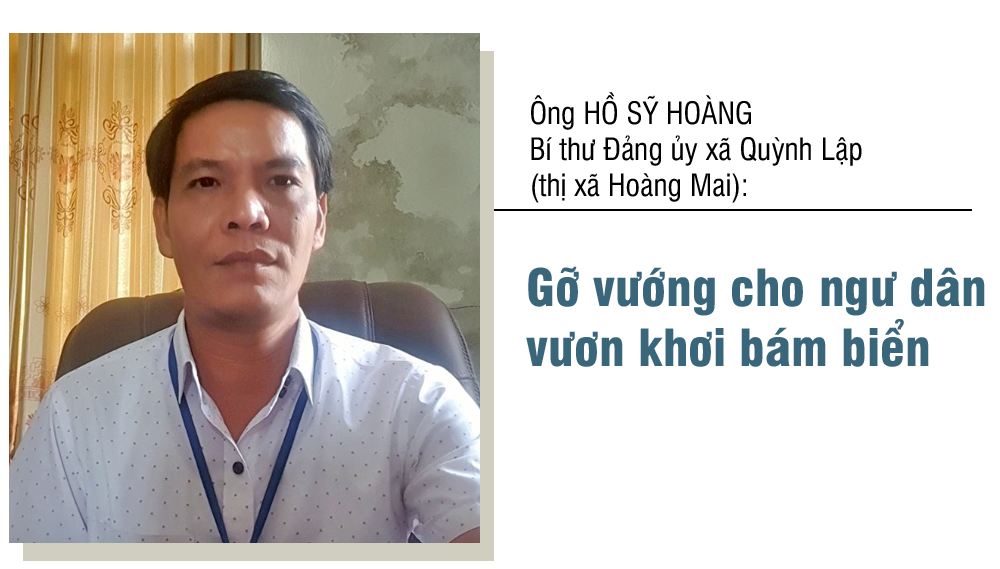 |
Decree 67/2014/ND-CP has created a breakthrough in capacity, technology, and methods of seafood exploitation; meeting the aspirations of the majority of fishermen; contributing significantly to the development of the fisheries industry towards industrialization, modernization, and restructuring the fisheries industry, while contributing to protecting maritime security and national sovereignty.
However, up to this point, the biggest difficulty is that many Nghe An fishermen have not yet been able to repay their debts to banks when borrowing capital to build ships under Decree 67. Quynh Lap commune has 29 ships built under Decree 67, borrowing 256 billion VND from banks, now there are 24 ships left, with an outstanding debt of 190 billion VND. Decree 17 was issued to replace Decree 67 to remove the difficulties and inadequacies of Decree 67. Accordingly, Decree 17 stipulates that the State supports no more than 35% and no more than 8 billion VND. The locality has 3 iron-hulled ships built under Decree 17 with a total amount of 72 billion VND that have not received support payments for 2 years.
In addition, the issue that many fishermen are concerned about is the current situation of handling assets such as overdue debt vessels; especially many vessels that have burned or had accidents at sea, although they have purchased insurance, the insurance company has made it difficult for them to complete procedures, delay payment... In order for fishermen to continue to go to sea to exploit seafood, the bank needs to have a solution to extend debt for ship owners. In particular, some ship owners had accidents at sea many years ago, but have not yet received insurance money. Fishermen request PJICO Insurance Company to promptly respond to the ship owners who have suffered risks, and resolve the fishermen's files that have been dragging on for many years.
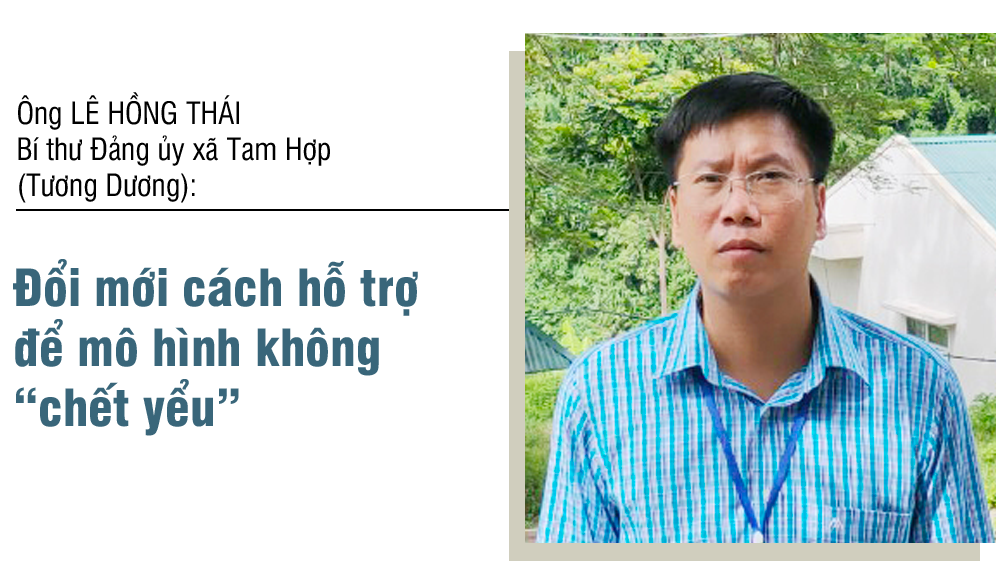 |
Ethnic minority areas have a low starting point, combined with difficult socio-economic conditions, especially limited economic knowledge and thinking. Traditional and backward production practices are still weighing heavily on a segment of the population. These are the reasons why many economic models and projects are "stillborn"; that is, when the investment in capital and human resources for guidance is over, the model will also end, unable to be maintained and spread.
In addition, the policiessupport production developmentAlthough there are many, they are spread out, lack focus and are not breakthroughs, only care about the number of households benefiting but lack control mechanisms, lack of evaluation of real effectiveness after investment. For example, the policy to support production development from Program 135 and 30a is to give each poor household 1 calf or 1 calf, but most of them are due to free-range farming practices, the young animals are not yet adapted to the microclimate, leading to disease and death, not promoting investment efficiency. Or support for the model of intensive rice cultivation, but after the harvest, people do not have money to invest in buying fertilizer, so the model cannot be promoted or replicated. Or support for machinery with the requirement to be established in groups of households, so when damaged, households rely on each other to not maintain or repair, so the machinery quickly breaks down, not promoting efficiency.
From the above practices, it is recommended that the Central Government and the province should study and change the way of supporting ethnic minority areas by selecting economic models that are advantageous for the region to support investment in building models in a systematic manner, linking processing and consumption of products, such as medicinal plants; livestock farming and processing; or products that are typical and endemic to the region; eco-tourism models, experiences...
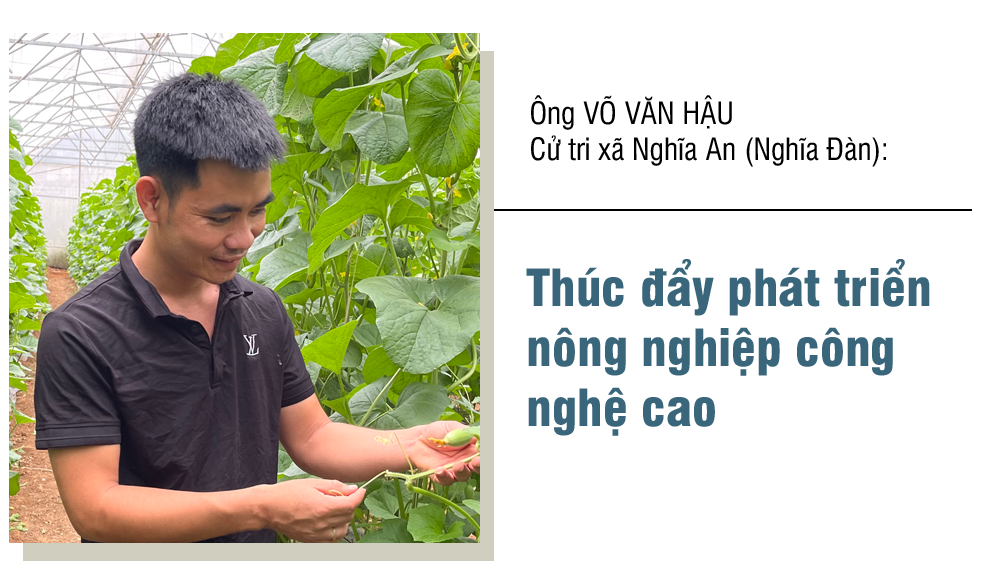 |
In recent years, the Central and the province have issued many documents regulating mechanisms and policies to promote the development of high-tech applications in agricultural production. However, high-tech agricultural production requires large funds but the State's support policies are still limited. For example, production in greenhouses requires a lot of money and high risks, but currently the province's support policy is 50 million VND/1,000m2 of greenhouses. The State needs to have an orientation to develop production models in greenhouses to avoid small-scale, spontaneous production, dumping, and poor product quality. In addition, the work of building brands for high-tech agricultural products is only concentrated in enterprises and cooperatives and is still limited.
High technology applications in agricultureis an inevitable direction to ensure high economic efficiency and sustainable development of the agricultural sector. In order for this sector to develop commensurate with the potential and advantages of the locality, it requires more breakthrough solutions and policies; creating favorable conditions for enterprises to invest in agriculture, especially investing in developing high-tech agriculture, safe products, with good export potential; having policies to support farmers and agricultural enterprises in applying modern techniques and technologies; prioritizing the development of agricultural processing and preservation industry; linking with enterprises, farmers and cooperatives to consume agricultural products, increasing the added value and competitiveness of Vietnamese agricultural products, gradually reducing fragmented and spontaneous production of households, developing sustainable agriculture.
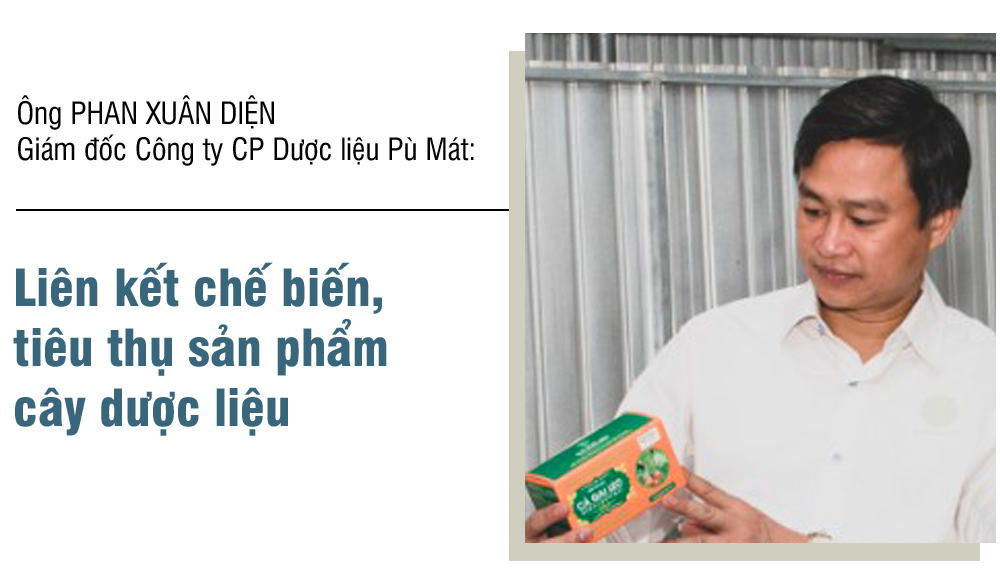 |
Nghe An is identified to have many favorable conditions for developing the pharmaceutical industry associated with growing medicinal plants in the area. Currently, in Nghe An, the planting and development of medicinal plants is on a small scale. Some households are also aware of growing medicinal plants, however, worrying about product output is a worrying issue. To ensure stable output, in the past time, Pu Mat Medicinal Materials Joint Stock Company has cooperated with medicinal plant growers in the form of: lending farmers seeds, fertilizers and training, controlling the planting process and purchasing medicinal plants at a committed price (6,000 - 9,000 VND/kg fresh) and is currently purchasing 8,000 VND/kg fresh. Due to the epidemic affecting production and business and the market price falling to 5,000 VND/kg fresh, the company still buys from people at 7,300 VND/kg fresh from August 2021.
To create conditions for businesses and people to develop traditional medicinal products well, in addition to the process of surveying and evaluating in detail and fully all factors, it is necessary to focus on planning suitable land funds to create motivation to attract investors. The Provincial People's Council needs to have policies to support seeds, fertilizers and training for farmers to grow medicinal herbs (both planting and preserving). At the same time, support medicinal herb processing enterprises in machinery and product promotion. Simplify procedures for enterprises to rent land for headquarters and build factories. The province should establish a legal corridor advisory team for enterprises and cooperatives (the advisory team includes: Department of Justice, Department of Science and Technology, Department of Industry and Trade, Department of Market Management, Department of Health, Department of Agriculture and Rural Development...) to advise on the following issues: packaging, product labels; food safety and hygiene; self-declaration of products... so that products on the market do not violate the law, so that enterprises can feel secure in production./.

.jpg)
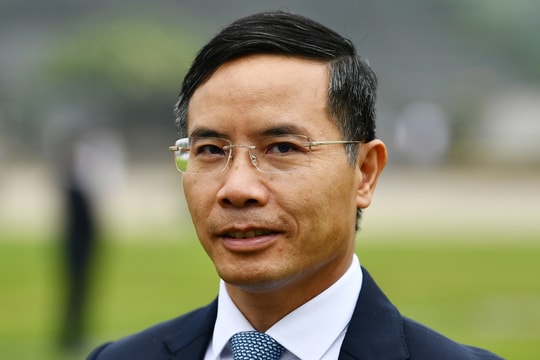
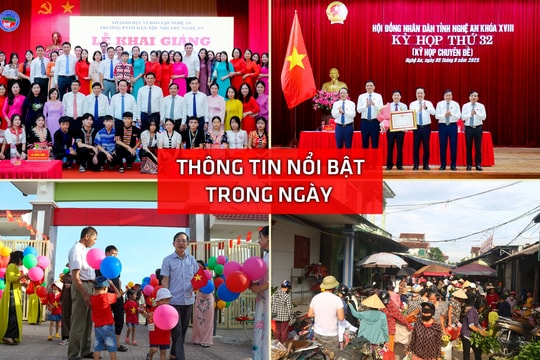
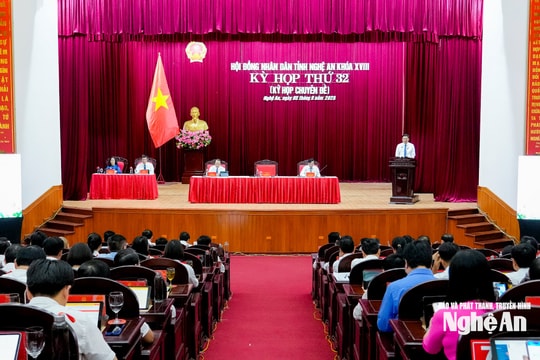
.jpg)
